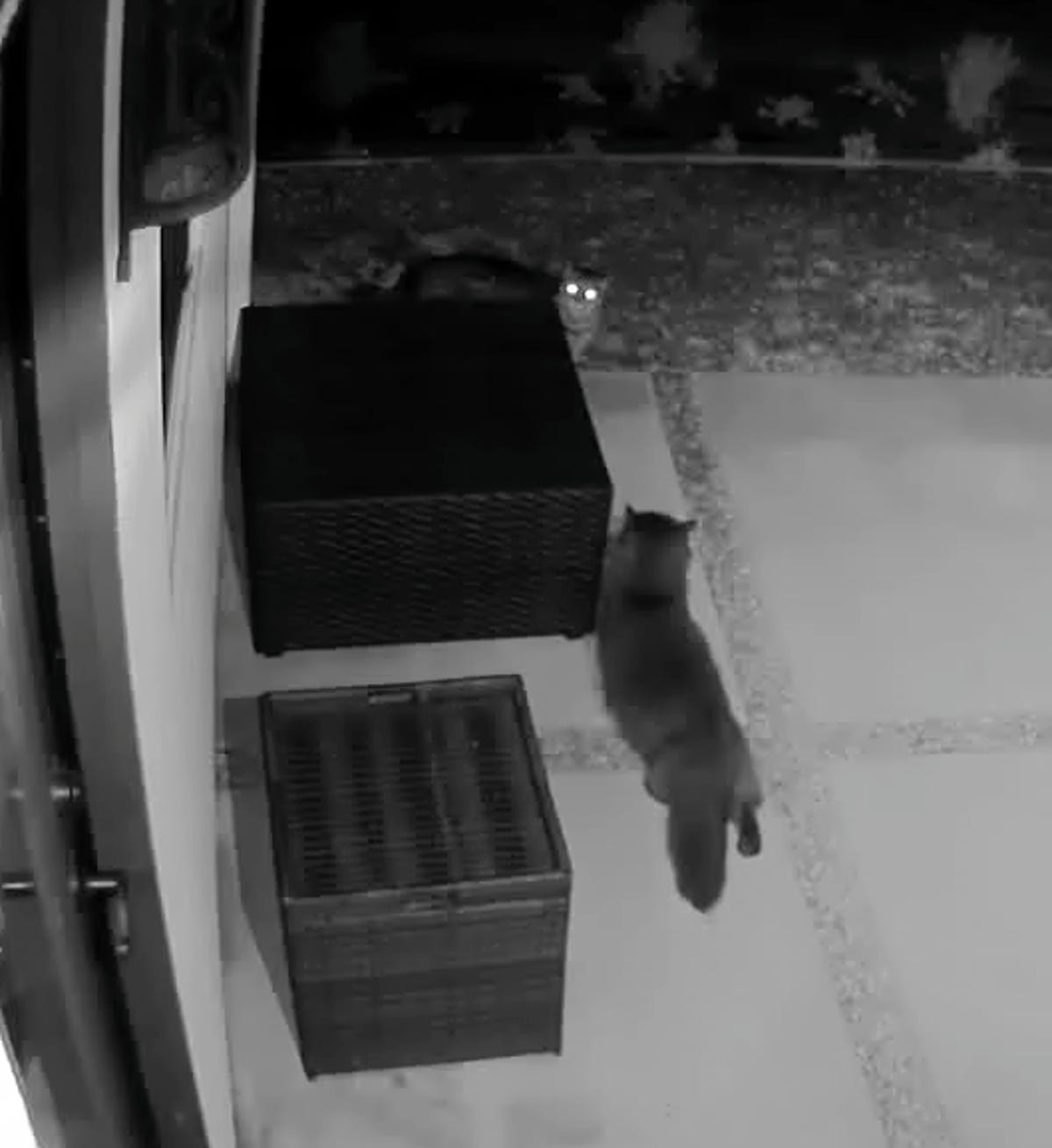You're using your security system wrong: Tricks for a safer smart home (pictures)
Here are some simple tricks to make sure that your home spy gear is working its hardest.

Know your invaders
Are you getting the most out of the home security gadgets on your property? Most likely not. Here are some simple tricks to make sure that your security gear is working its hardest.
After all, you never know who may be itching for a fight just outside your door.
Your locks should have brain power
Old-fashioned locks can be picked. Harder to crack: smart locks, such as these Schlage touchscreen deadbolts, which come with anti-pick shields. The multi-function lock offers keyless control using up to 30 simple access codes.
Even better: Codes can be tailored to specific days and times of the week to provide home access only when scheduled. And the touchscreen is wear-resistant, so you don't have to worry about wear patterns offering clues to your key code.
Don't forget the driveway
Thieves are getting bolder. Believe it or not, police recently told us some home burglaries have involved thieves pulling their cars right into the driveways of their victims; all the better to quickly haul away valuables. Luckily, there's a gadget for that, and it can dovetail nicely with your existing home-security system...
There's a sensor for that
A driveway sensor, like this one from Mighty Mule, can notify you that a vehicle has entered your property by sounding a chime or ringing the house phone.
Make your camera work harder
There's no reason why your security cams should just sit there. Still security cams are fine, but brands such as Foscam, Canon and Panasonic offer camera models with PTZ (pan, tilt, zoom) options, all controllable via remote.
Don't buy a dedicated server
Some home security camera systems try to sell you a server to go with them. All the better to store and manage your captured images, right? Not necessarily. Next time you upgrade your home laptop and hard drive, don't get rid of the old models; convert those slightly outdated pieces of tech to a dedicated home security system. It's just as effective if you know how to properly configure your camera settings.
Don't record all night long
Sometimes it can be tough to decide exactly how you want your security cameras to behave. If you have limited server space (and who doesn't?) here's a simple starter tip: Don't let your outdoor cameras (such as Hikvision, which gives you pretty good bang for the buck) record all night long. It's almost never necessary. Instead...
Your hard drive will thank you
...set them to start capturing when they sense motion, at only 10 to 15 seconds per motion-activated clip. (This coyote only spent a few seconds in front of a motion-activated camera, but that's really all the property owner needed to see, thanks.)
Your 500GB hard drive will never get more than 50GB full before you remember to delete old clips. And there will be plenty of unwanted clips.
Spider-proof outdoor cams
Home security buffs know that spiders are great for killing unwanted pests. But infrared-loving spiders become unwanted pests themselves come nightfall, joining with their archenemies, moths, to set off even the smartest of motion-sensor cameras. After much experimentation in this arena, we can safely say that no high-tech solution trumps good old-fashioned bug spray for tackling this problem.
Use the masking feature
Decent home security software, such as SecuritySpy, gives you some power to deter unnecessary motion capture. As seen here, you can use the "mask" software feature to designate certain areas as invisible to the camera, for motion-activation purposes. The blocked-off areas are marked in green.
Do not bother with SD cameras
If you've ever had a suspicious person on your property, you know that police always prefer images to simple descriptions. And SD cameras often don't provide the detail that police are looking for. Whenever possible, go for HD cameras, such as this one from Belkin. Even if you don't have a human prowler, HD cams are sure handy for telling your possums from your raccoons.
Your smartphone IS a home-security device
Even better: Wally works with the existing copper wiring in homes, using them as antennae to create a network of sensors. And it alerts your smart phone if things suddenly get a little too wet at home.
Low-tech solutions can be awesome
Look: Sometimes a nesting mockingbird just needs to scare off a crow in your driveway, and that's fine. But if you're having problems with bigger critters, such as stray cats, your fancy home-security system may be useless compared with something much simpler ...
Try motion-activated water cannons
Cameras aren't the only motion-activated solution available to you. Consider the Contech Electronics ScareCrow Motion-Activated Sprinkler, which shoots a powerful (but not deadly) stream of water at creatures who cross its path. You can control the sensitivity of the ScareCrow, too, so your water cannon won't go off every time a set of headlights crosses your front lawn.
How smart are your lights?
If you don't consider your lighting system to be a part of your security system, you're thinking too small. Gadgets such as BeOn systems can learn your behavior patterns to turn on lamps as if you were home. But that's not even as far as smart, security-savvy lighting can go...
Blaze a trail
Good custom electronics installers can, say, wire an outdoor path to light up automatically when a smoke detector comes on.